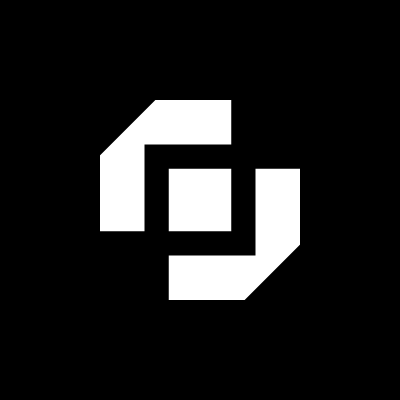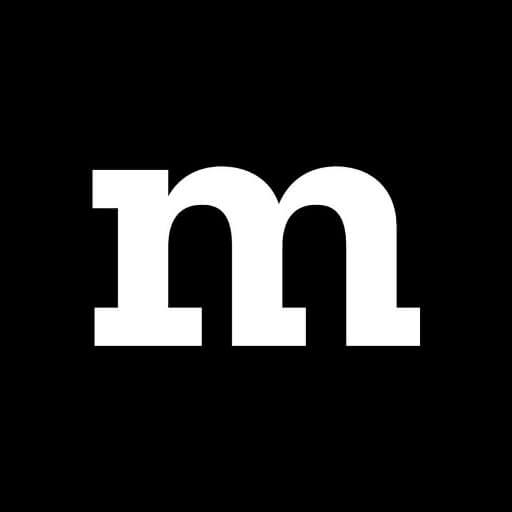Elevating Digital Experiences: The Role of a Leading UI/UX Design Company

In the fast-paced digital era, the success of any online platform—be it a website, mobile app, or software—is heavily dependent on how users perceive and interact with it. An intuitive, visually appealing, and user-centered design can significantly enhance user engagement, drive conversions, and foster long-term loyalty. This is where a top-tier UI/UX design company becomes an invaluable partner, transforming complex ideas into seamless digital experiences.
What Is a UI/UX Design Company?
A UI UX design company specializes in crafting user interfaces (UI) and user experiences (UX) that resonate with target audiences. While UI design emphasizes the visual aesthetics—colors, typography, layout, and interactive elements—UX design focuses on optimizing the overall journey a user takes when engaging with a product. The ultimate goal is to make digital interactions intuitive, efficient, and enjoyable.
These companies bring together designers, researchers, developers, and strategists to understand user needs, analyze market trends, and translate insights into compelling designs. Their work ensures that digital products are not only beautiful but also functional and user-friendly.
Why UI/UX Design Matters for Modern Businesses
1. Creating a Strong First Impression
Users often judge the credibility of a platform within seconds. A professionally designed UI immediately establishes trust and encourages users to explore further.
2. Enhancing User Engagement and Satisfaction
A well-thought-out UX minimizes frustration by simplifying navigation, reducing steps to complete tasks, and providing clear feedback. Satisfied users are more likely to become loyal customers.
3. Increasing Conversion Rates
Effective UI/UX design guides users toward desired actions—such as making a purchase, signing up, or requesting information—through strategic placement of elements and persuasive call-to-actions.
4. Gaining Competitive Advantage
In crowded markets, a unique and delightful user experience can differentiate your brand from competitors relying on generic or outdated interfaces.
5. Reducing Development and Maintenance Costs
investing in good design early on minimizes the need for costly revisions later, reduces user support issues, and streamlines product updates.
The UI/UX Design Process: From Concept to Launch
Partnering with a UI/UX design company involves a systematic process that ensures the final product aligns with both user expectations and business goals:
1. User and Market Research
Understanding who your users are, what they need, and how they behave is foundational. Techniques include interviews, surveys, analytics review, and competitor analysis.
2. Information Architecture (IA)
Organizing content logically and creating a sitemap helps users find what they need effortlessly. Clear navigation paths and content hierarchy are established at this stage.
3. Wireframing and Prototyping
Wireframes are basic layouts that outline the structure without detailed design. Interactive prototypes allow stakeholders and users to test functionality and flow, providing valuable feedback early on.
4. Visual and Interaction Design
Designers craft the visual identity—colors, typography, imagery—while defining how users interact with elements. Consistency and accessibility are prioritized to ensure broad usability.
5. Usability Testing and Refinement
testing with real users uncovers usability issues and areas for improvement. Iterative refinements based on feedback lead to a polished, user-friendly product.
6. Development Handoff and Implementation
Design specifications are handed over to development teams for implementation. Close collaboration ensures the final product faithfully reflects the design intent.
7. Post-Launch Monitoring and Optimization
Analytics and user feedback continue to inform updates, ensuring the platform evolves with user needs and technological advancements.
Technologies and Tools in UI/UX Design
Modern UI/UX design leverages a variety of tools to enhance efficiency and collaboration:
- Design & Prototyping: Figma, Adobe XD, Sketch, InVision
- User Testing & Analytics: Hotjar, UserTesting, Mixpanel
- Project Management: Jira, Trello, Asana
- Collaboration & Handoff: Zeplin, Abstract
These tools facilitate seamless communication among team members, rapid prototyping, and data-driven decision making.
Industries That Benefit from UI/UX Design Companies
Virtually every sector can benefit from expert UI/UX design, including:
- E-commerce: Creating intuitive shopping experiences, personalized product recommendations, and streamlined checkout processes.
- Healthcare: Designing accessible telehealth platforms, patient portals, and health management apps.
- Finance: Developing secure banking applications, investment dashboards, and budgeting tools.
- Education: Building engaging learning management systems and educational apps.
- Travel & Hospitality: Simplifying booking processes, personalized trip planning, and real-time updates.
- SaaS & Enterprise Software: Making complex tools more accessible and easier to adopt.
Choosing the Right UI/UX Design Partner
To maximize your investment, select a UI UX design company that aligns with your vision and needs. Consider the following:
- Experience and Portfolio: Review past projects to assess design style, industry expertise, and problem-solving capabilities.
- Process Transparency: Ensure they follow a user-centered, iterative approach emphasizing research, testing, and refinement.
- Client Feedback and Referrals: Talk to previous clients to gauge satisfaction levels.
- Cultural Fit and Communication: Effective collaboration hinges on shared values, clear communication channels, and responsiveness.
- Post-Design Support: Confirm they offer ongoing maintenance, updates, and usability monitoring.
Challenges in UI/UX Design and How to Overcome Them
Despite its benefits, UI/UX design can face hurdles:
- Misaligned Expectations: Clear communication of goals, scope, and deliverables prevents misunderstandings.
Balancing Creativity and Functionality: Prioritize user needs while maintaining








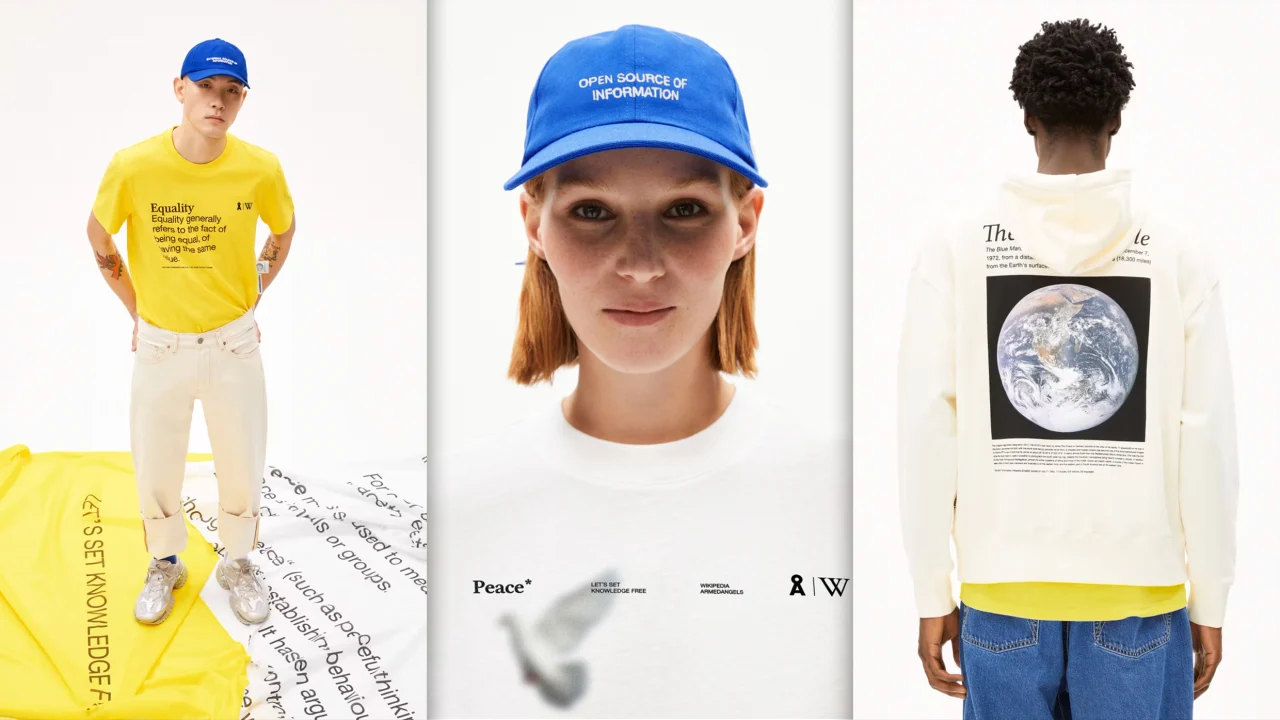
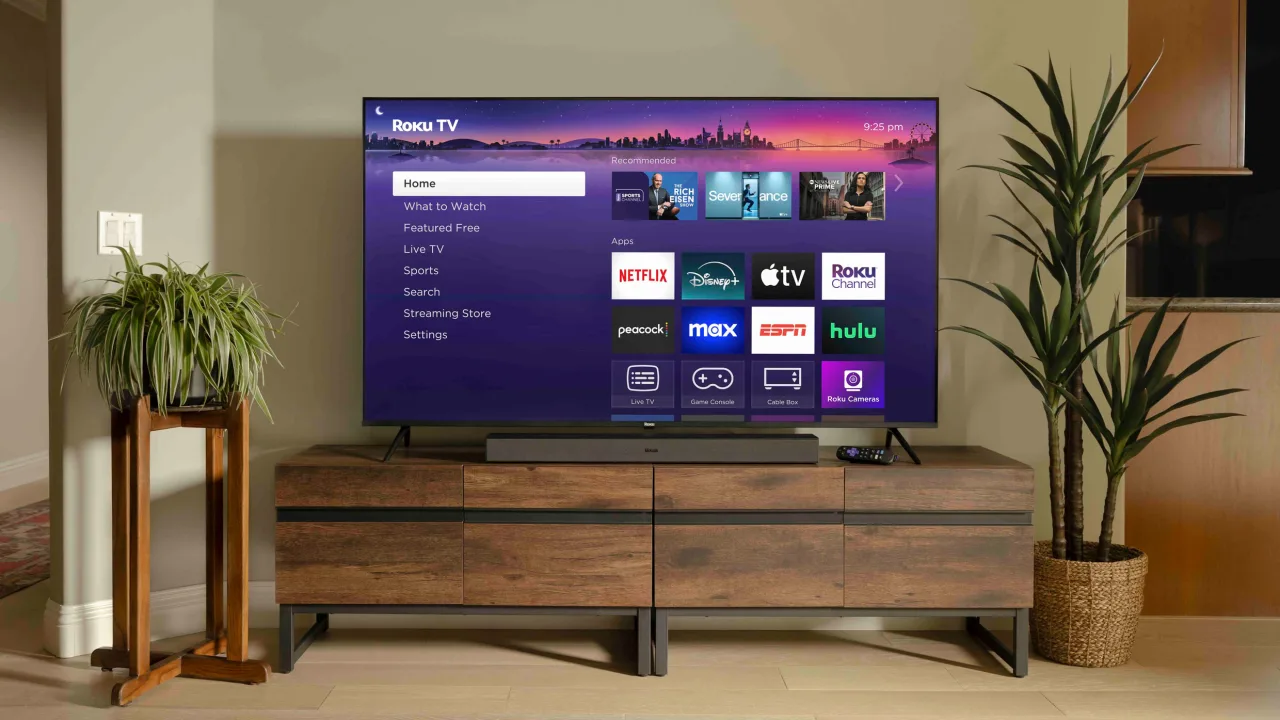





























































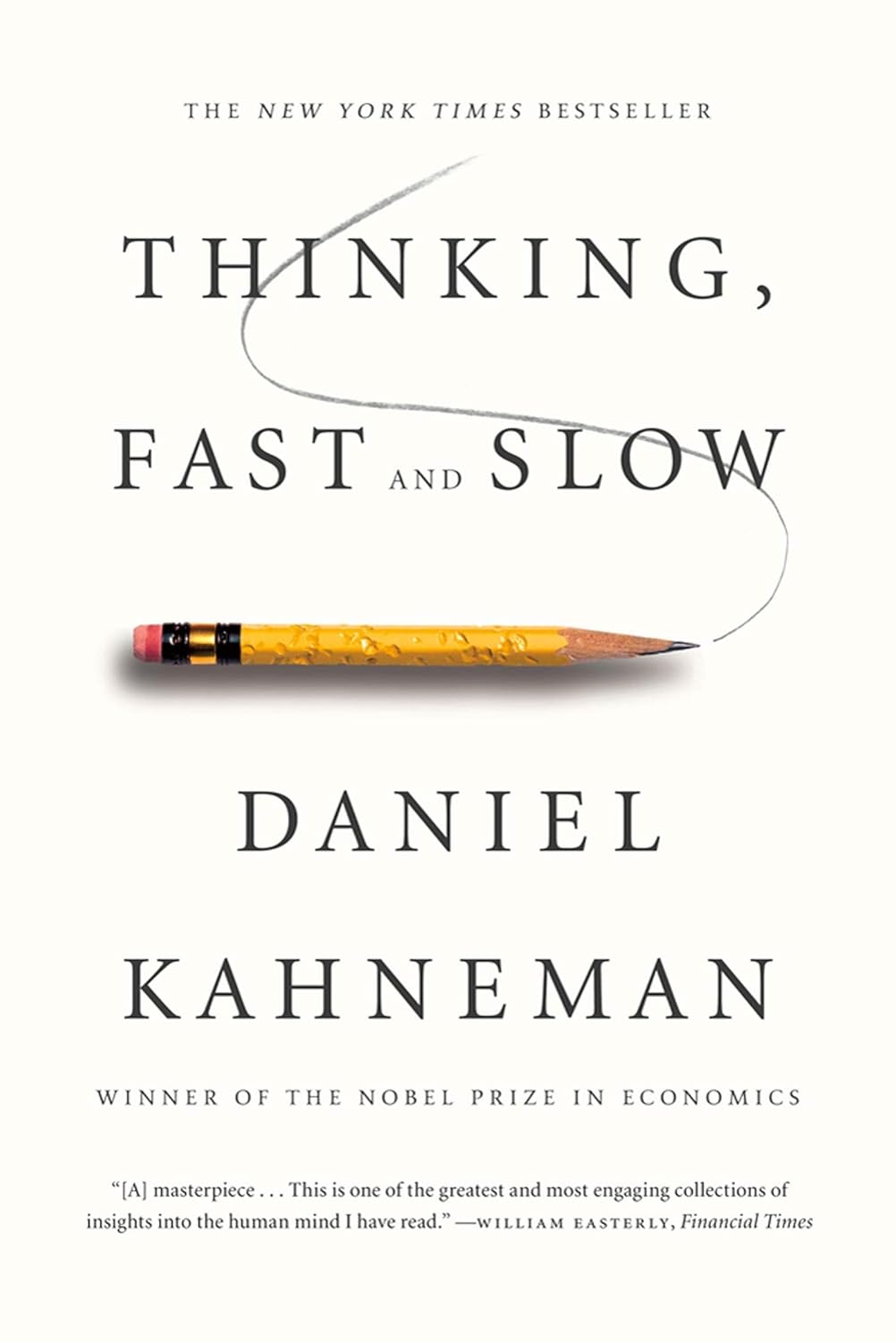




















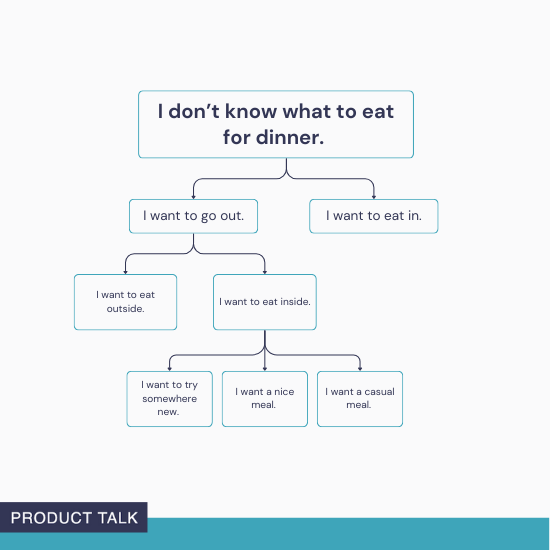















![Building A Digital PR Strategy: 10 Essential Steps for Beginners [With Examples]](https://buzzsumo.com/wp-content/uploads/2023/09/Building-A-Digital-PR-Strategy-10-Essential-Steps-for-Beginners-With-Examples-bblog-masthead.jpg)


























